The DT Swiss EXC 1501 Spline One wheelset was released in mid-2020, moving the much-revered enduro-specific hoops away from their alloy construction (when they were called the EX 1501 Spline One 30) to a new carbon fibre design.
DT Swiss claims making the rims from carbon means they can build lighter wheels – they are claimed to save up to 180g per wheelset – while preserving the previous model’s strength and ride qualities.
DT Swiss EXC 1501 Spline One wheelset details
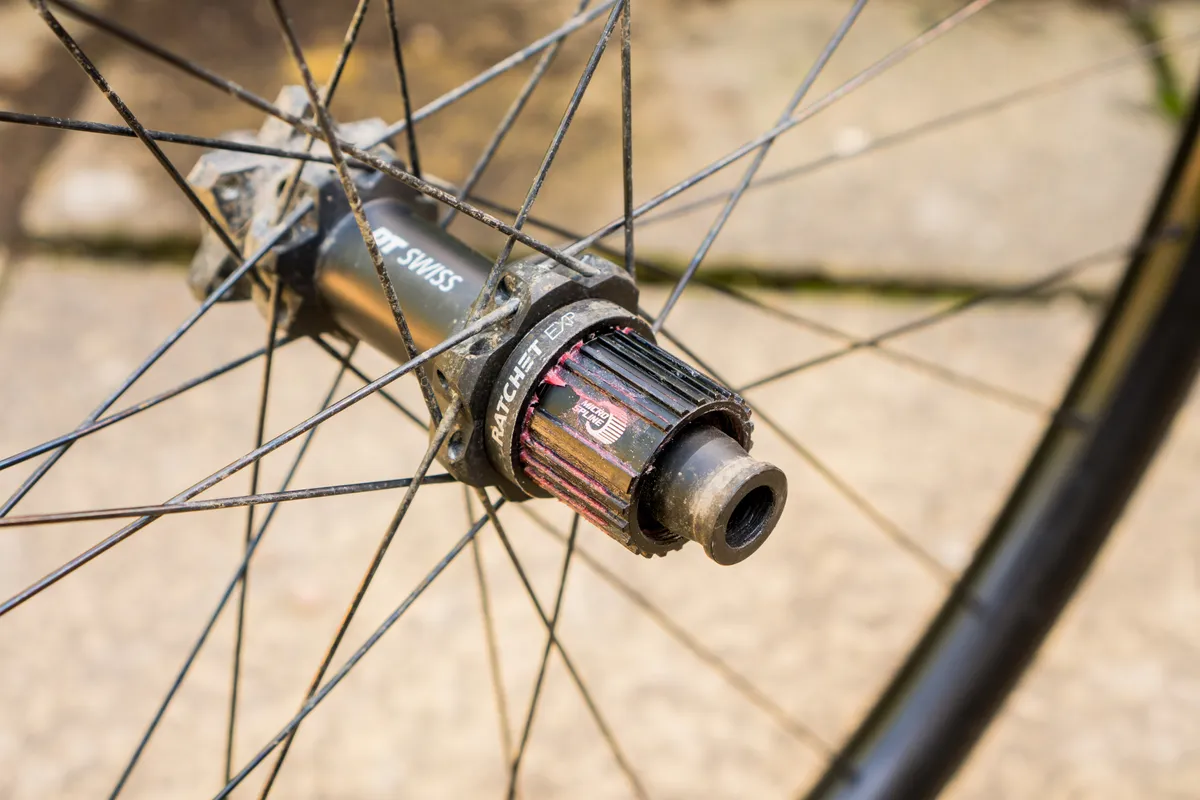
The 30mm internal width carbon fibre rim is built onto DT Swiss’s most recent 240 hub that boasts the brand’s Ratchet EXP freehub design. This uses two splined rings that engage with one another thanks to force generated by a spring.
In one direction the shape of the splines allows the rings to lock together to provide drive, while in the other direction they can slide over each other to allow freewheeling. The system has 36 points of engagement, which is every 10 degrees of freehub rotation.
The hubs are available with both six-bolt or Centerlock disc rotor mounting points, but are only straight-pull spoke compatible.
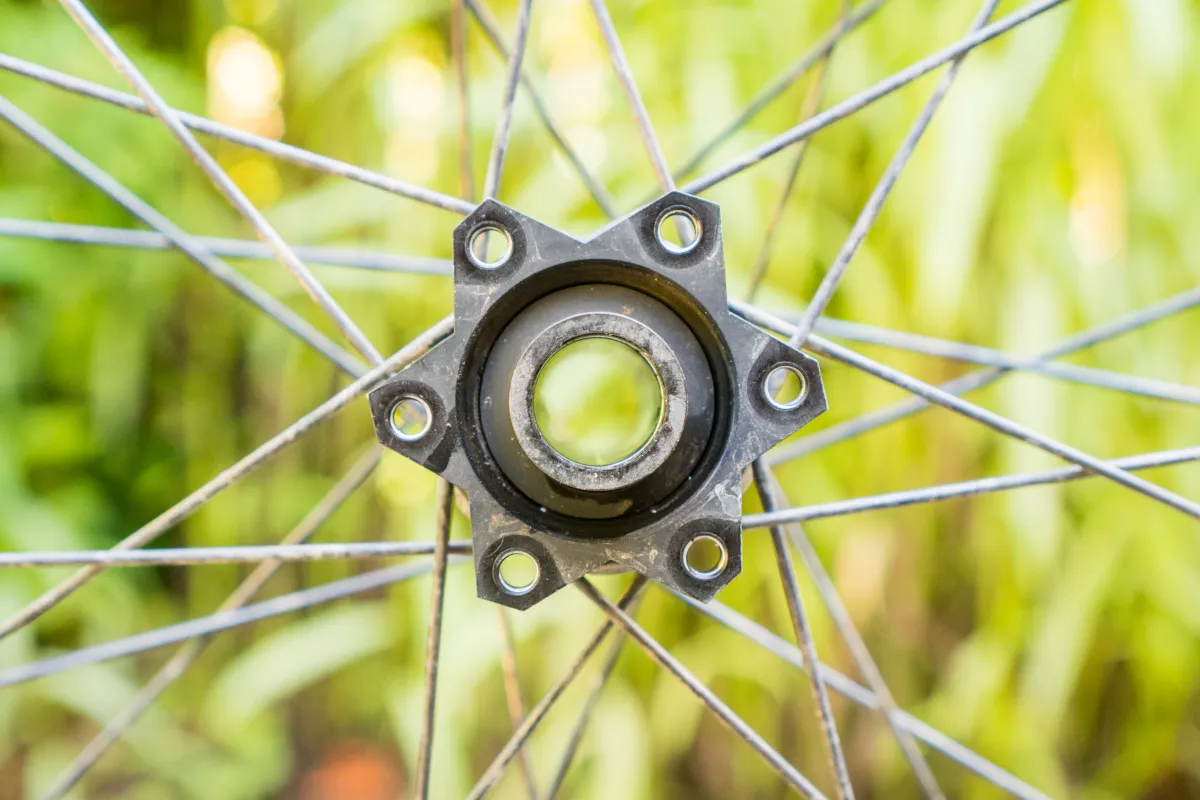
The hubs are laced to the rims using DT Swiss’s straight-pull DT competition spokes, which are butted to have a 1.6mm thick central section to save weight without, the brand claims, affecting strength.
The spokes thread into DT’s Pro Lock Squorx nipples that come coated with a thread locking glue from the factory. The nipple’s head is rounded to help it sit in the rim’s nipple seats better, too.
The rim is tubeless-ready, coming pre-taped from the factory, and supplied with DT Swiss tubeless valves.
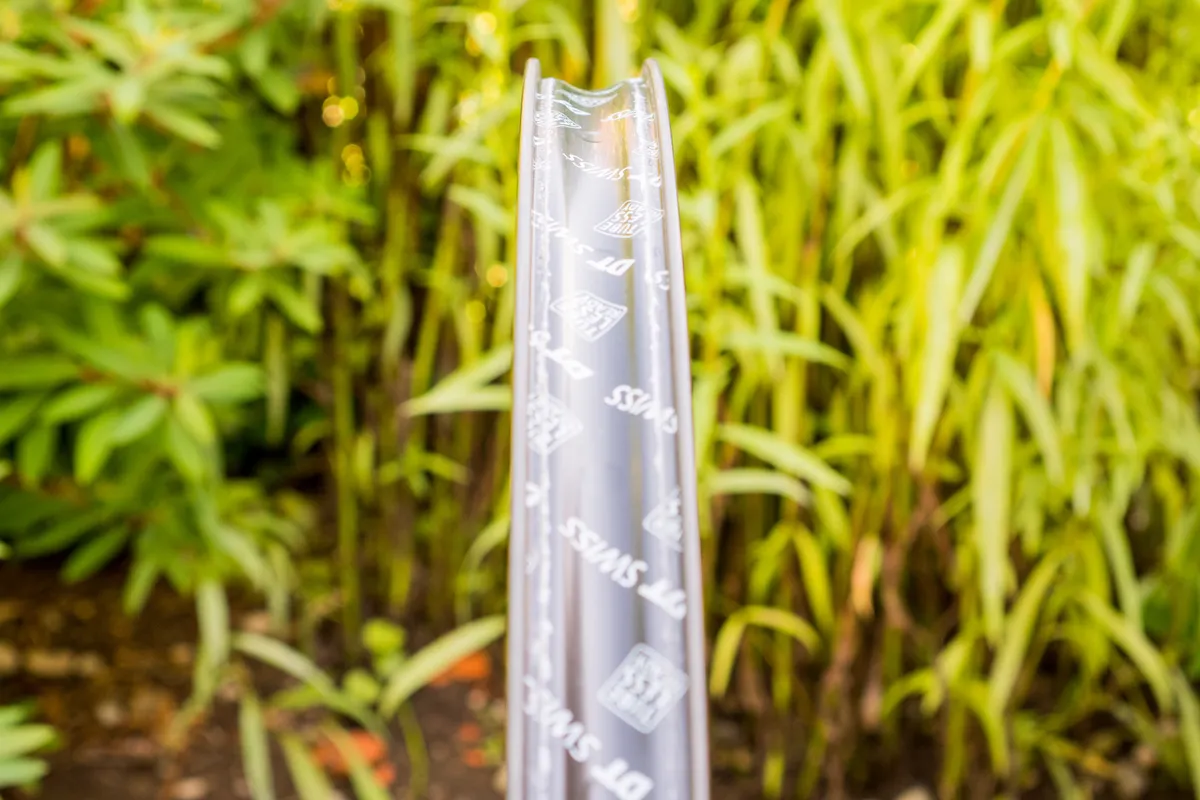
My test sample of DT Swiss EXC 1501 Spline One wheels in 29in with SRAM’s XD Driver freehub, a 148×12mm rear axle, 110×15mm front axle, and six-bolt disc rotor mount without valves weighed 1,752g on my scales. The rear wheel alone weighed 919g, while the front was 833g.
The previous EX 1501 Spline One 30 weighed 1,893g.
DT Swiss EXC 1501 Spline One wheelset performance
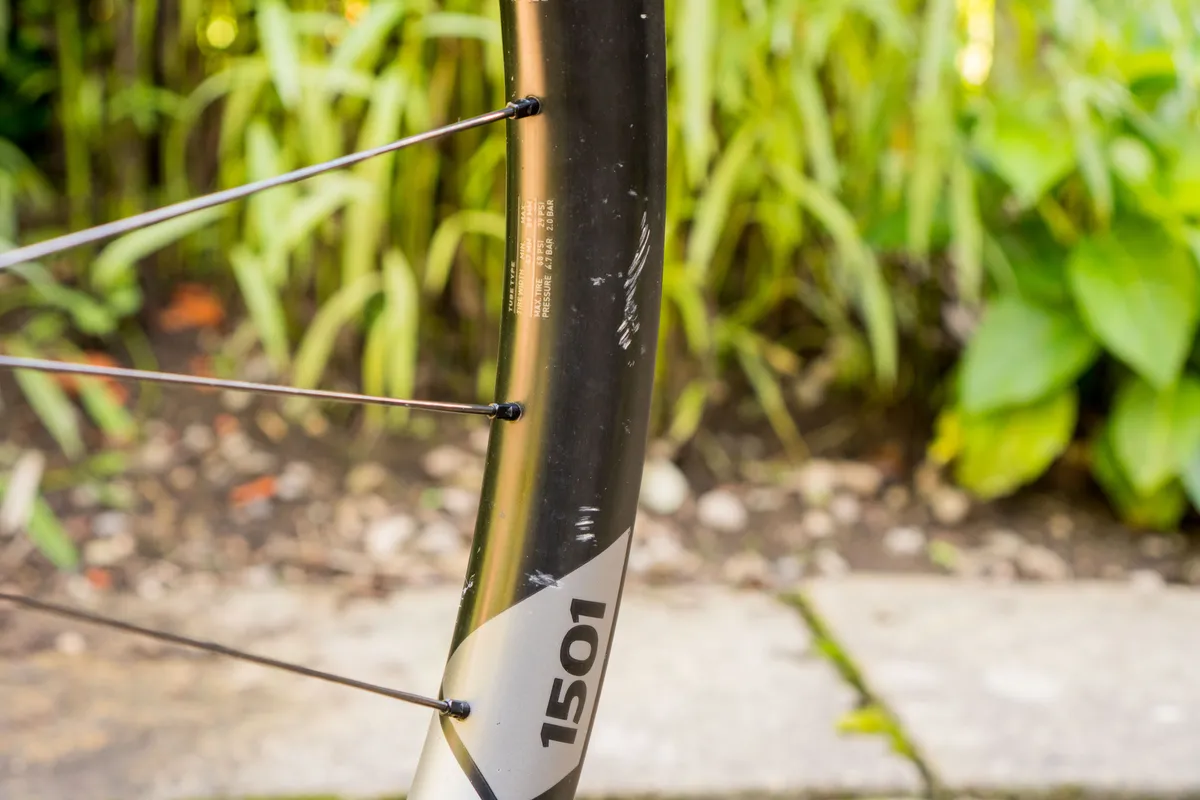
I’ve now clocked up over 1,900km on these wheels through an incredibly harsh winter, moist spring and exceptionally dry summer.
I’ve been testing them on my Marin Alpine Trail XR at my local trails in Scotland’s Tweed Valley, which are used in the UK’s round of the Enduro World Series. They’ve been subjected to rock strikes, massive impacts and a torrent of unrelenting abuse from the valley's famous trails.
Tyre installation
Installing tyres and inflating them on the tubeless-ready rims is an impressively stress-free affair.
On stiffer, thicker-carcass tyres it can be tricky to get the bead onto the rim without resorting to using tyre levers, but once it is on the rim, getting it to seat and inflate is easy.
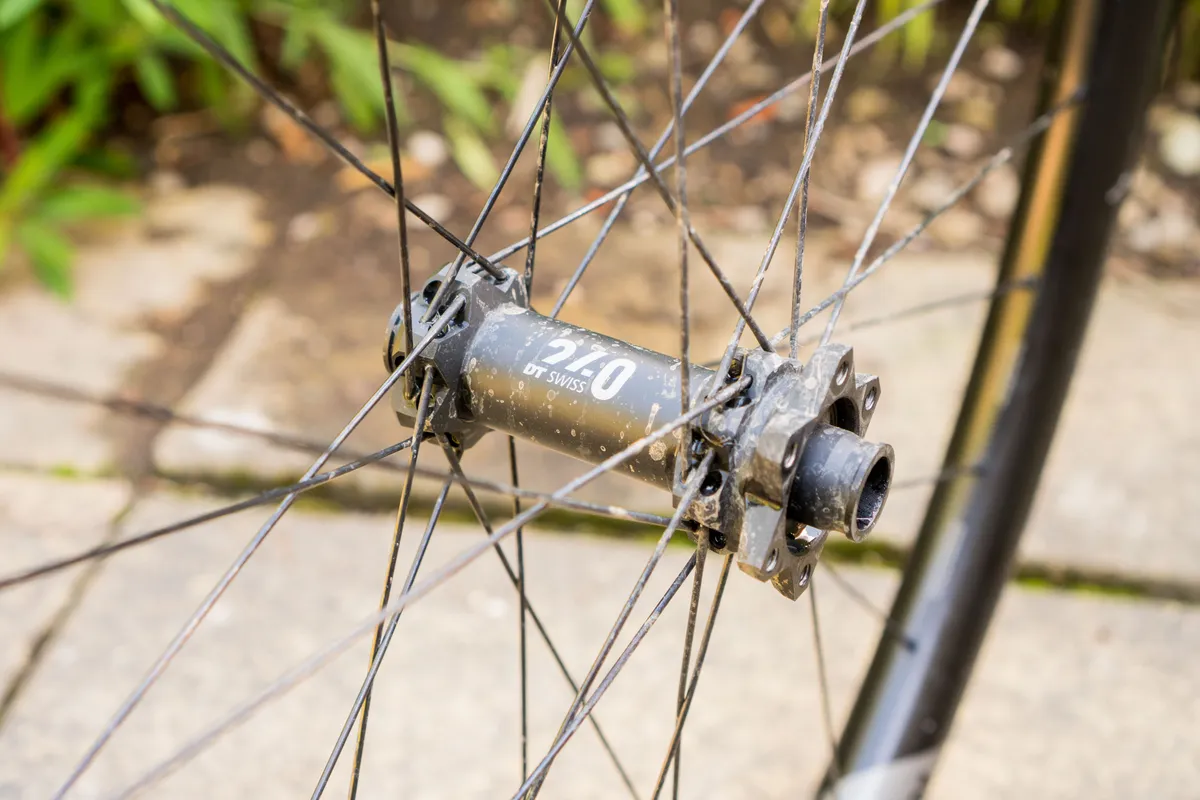
For lighter casing or folding tyres, getting them onto the rim is less of an issue, but it took the same amount of effort to inflate them as tougher ones.
The ease of inflation impressed me and there were very few instances of failed tyre seating, even when only using a track pump.
DT Swiss’s stock tubeless tape has proven to be faultless, the rims not leaking any air during the test period.
The 30mm internal width of the rims suited tyre widths between 2.3in and 2.6in well, not causing them to become overly round and light bulb-shaped and reduce carcass stability unless I fitted much wider rubber.
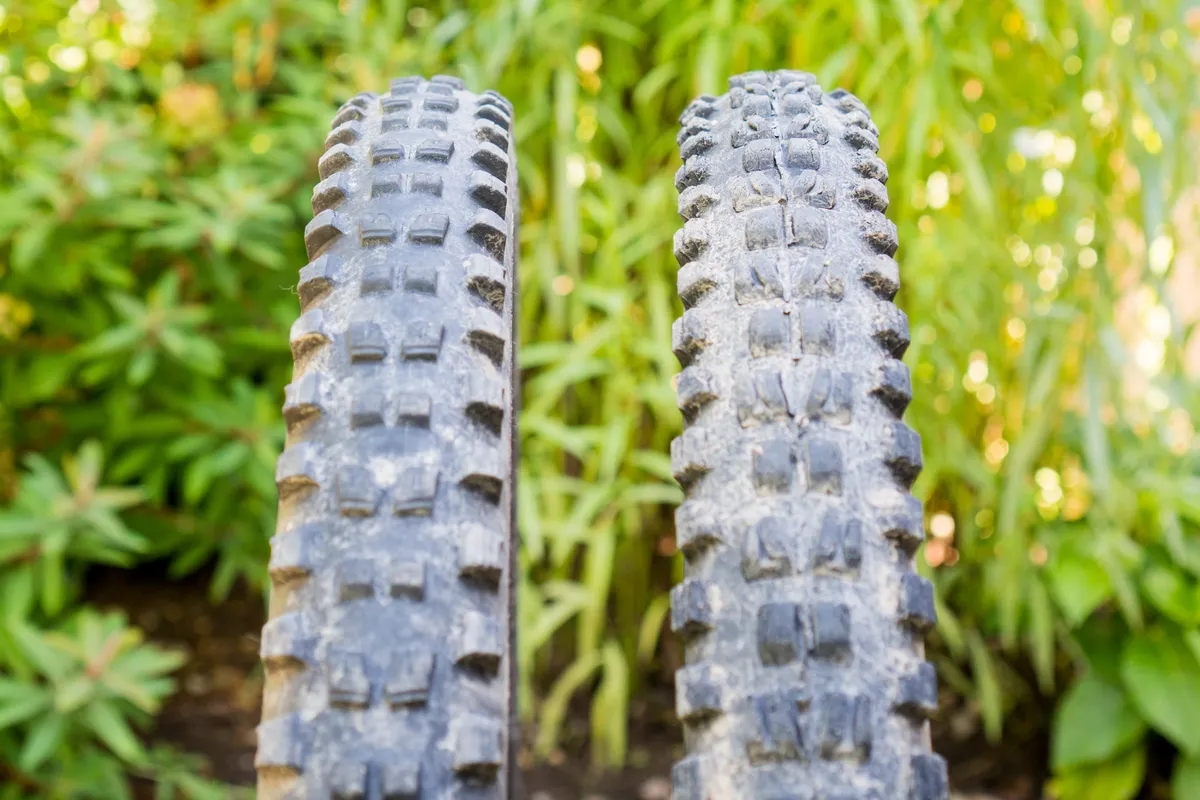
But their width didn’t cause the tyre’s profile to be square and lack any angled side edge until I started to fit 2.1in wide rubber – although tyres of this size are becoming less and less popular and are virtually unused for enduro riding, which is what this wheelset is designed to do.
Hub bearing longevity and service intervals
Hub engagement is precise and predictable, and although on paper the 10-degree engagement gaps might not trump some of DT Swiss’s competitors, I never felt like the hub needed to engage quicker.
During the 12-month test period, the freehub hasn’t crunched or cracked during engagement and neither has it slipped while pedalling.
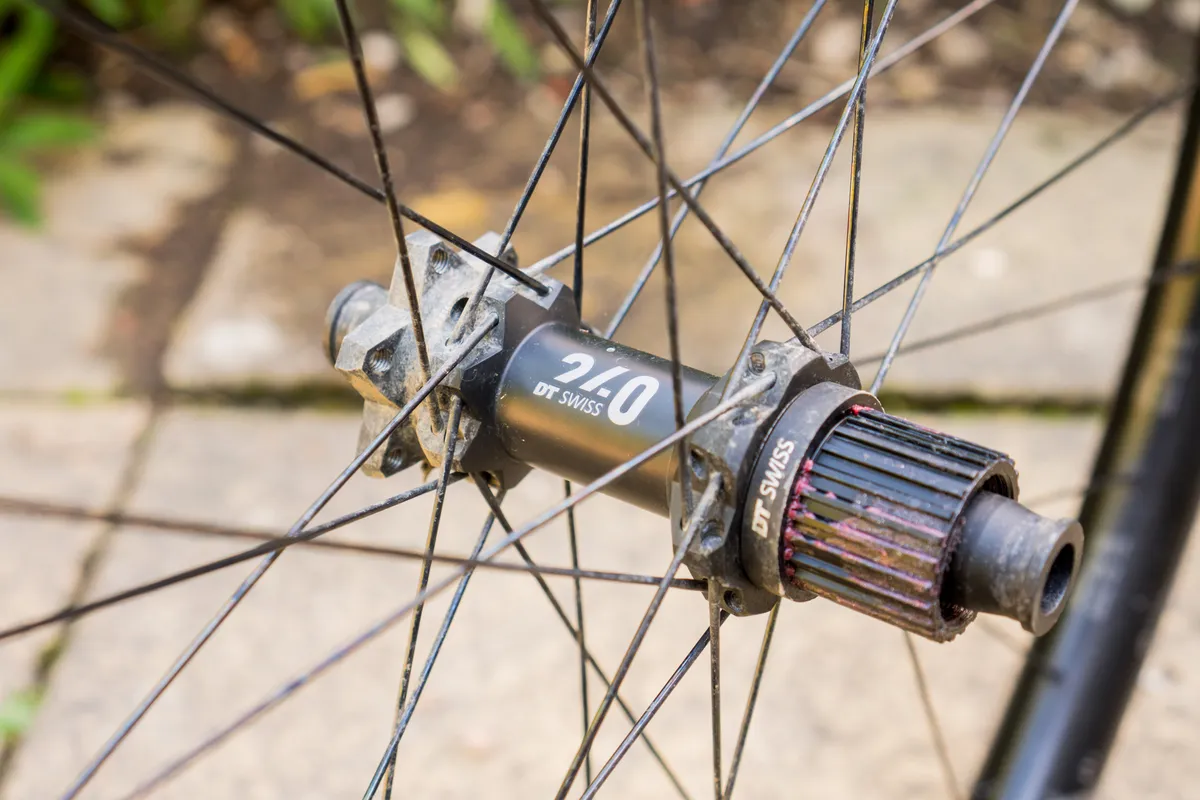
General robustness is impressive, as is the hub’s weatherproofing and sealing.
Unsurprisingly, the grease between the ratchets has become dirty and used, but the bearings are still running smoothly and do not yet require replacement, despite being subjected to horrible conditions and frequent washing.
The freehub body’s ratchet system is easy to clean and re-grease and requires no tools to disassemble. This means keeping on top of maintenance isn’t a chore and can be completed quickly.
It also means changing between freehub bodies – whether that’s SRAM’s XD Driver, Shimano’s Microspline or Shimano’s HyperGlide system – is incredibly simple.
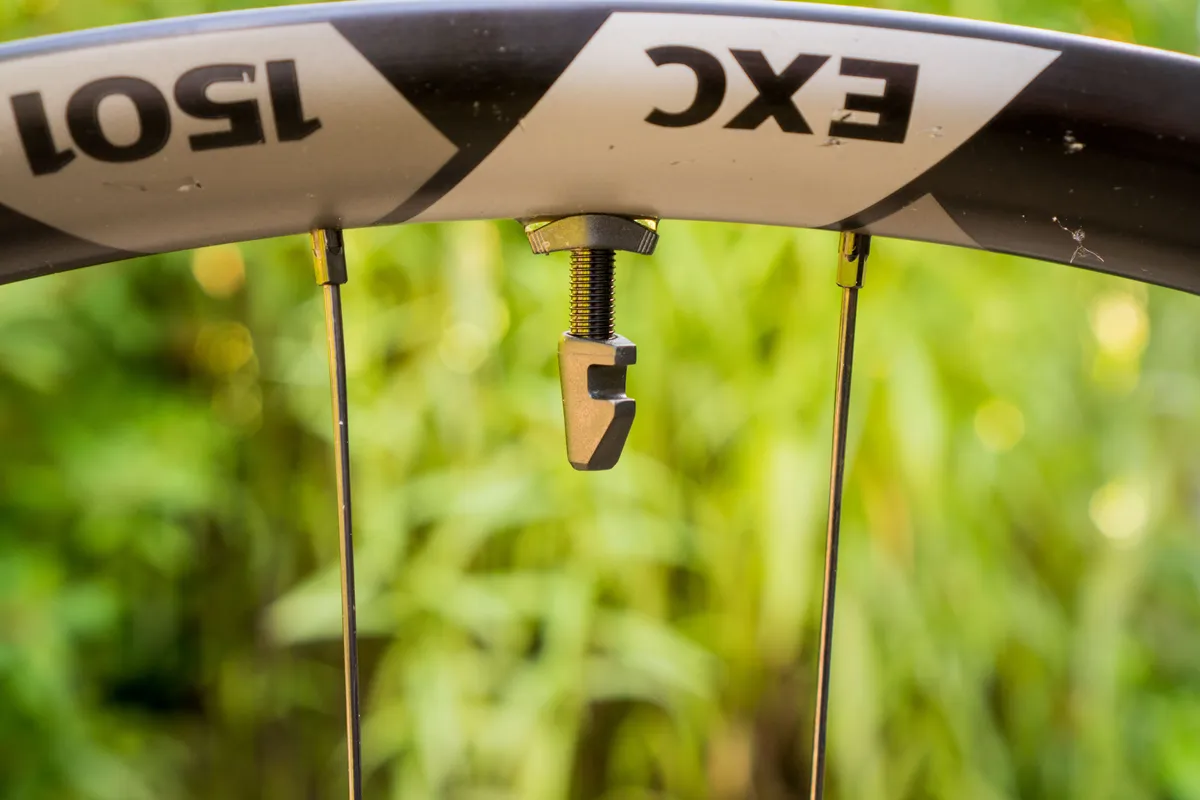
Rim reliability
The wheels have remained straight and true during the test period, with the spokes not requiring any re-tensioning to keep them running straight.
They’ve warned off rock strikes and scuffs well, and their sidewall finish has remained impressively intact given the conditions and trails they’ve been subjected to.
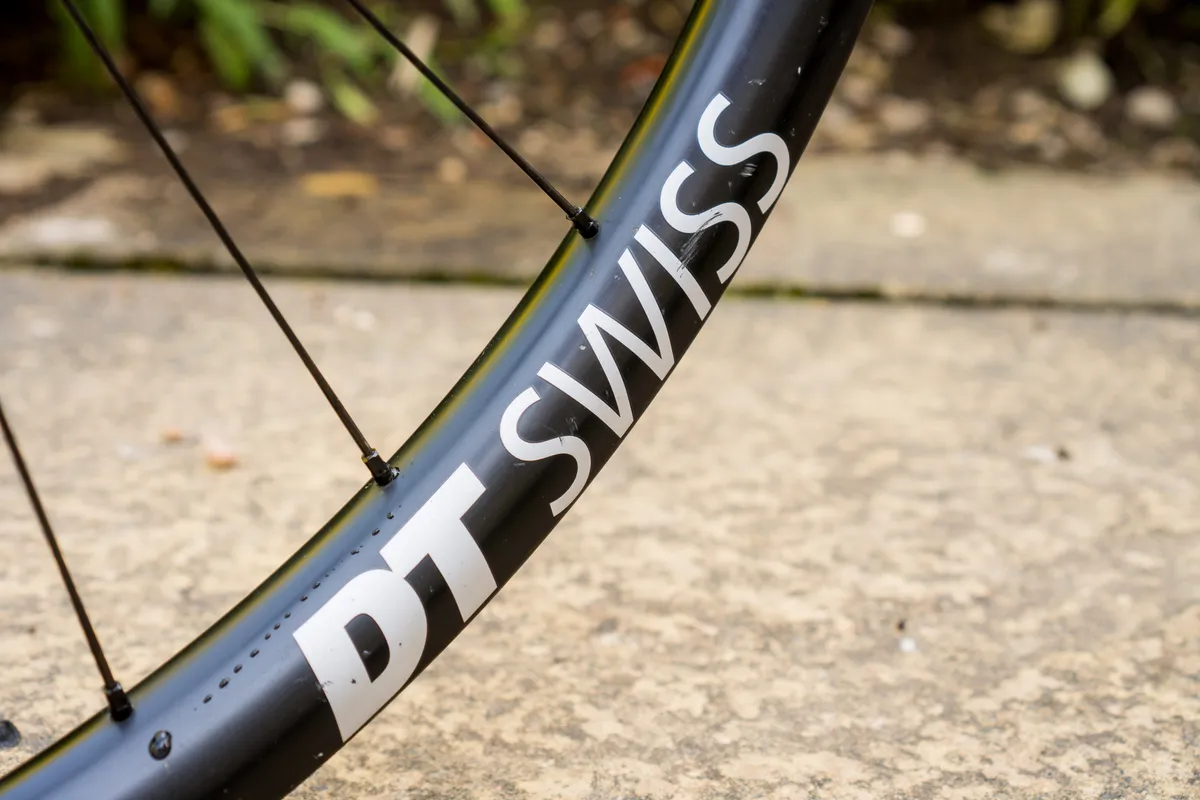
As well as remaining cosmetically intact, the sidewalls haven’t been damaged by dings or bashes when run with low tyre pressures. They’re impressively robust.
Like their more affordable sibling, the EX 1700 Spline, that I tested last year, the EXC 1501 is impressively stiff-feeling out on the trails and much better-suited to hard and fast riding rather than cruising, and rewards accurate and positive line choices.
They certainly don’t feel flexible or vague in corners or through rock sections – a feeling under-tensioned spokes can create – and aren’t overly harsh, either. This meant sticking to lines across cambers and through rough sections was possible without any noticeable deflection or unwanted feedback.
I didn't feel like they contributed to or reduced fatigue when out riding, but they did feel great when riding harder and faster.
DT Swiss EXC 1501 Spline One wheelset bottom line
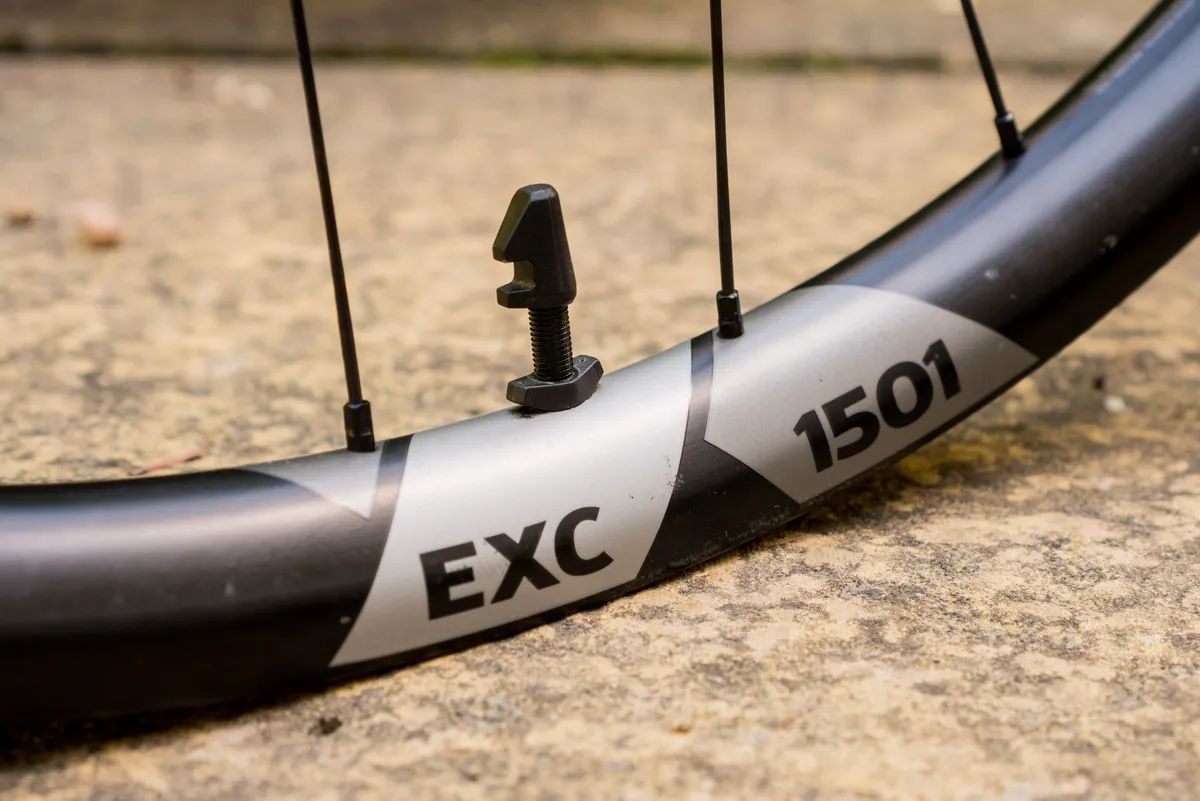
The EXC 1501 Spline One’s robustness, longevity and ease-of-maintenance match its rather gargantuan asking price.
However, whether the wheelset performs any better than its more affordable EX 1700 Spline sibling is hard to define in quantitative terms because I struggled to tell the difference between the two out on the trails.
Yes, it's marginally lighter (141g) and the 240 hub is higher-specced than the 350, and the deeper-looking profile might appeal to some, but the question of whether the wheels perform any better remains unanswered.
That’s not to say the EXC 1501 Spline One performed badly. It's a brilliant set of tough enduro race-ready wheels and, for that, it’s hard to mark them down given their carbon fibre competition, from the likes of Enve, Reserve, Zipp, and Crankbrothers, all cost a similar amount.
Product
| Brand | Dt_swiss |
| Price | £1429.98, $1899.00 |
| br_whatWeTested | DT Swiss EXC 1501 Spline One, 29in, SRAM XD Driver, 6-bolt disc rotor interface |
| Weight | 1752g |
Features
| Rim material | carbon |
| Tubeless compatibility | tubeless_ready |
| Tyre type | tubeless |
| Wheel size | 29in_700c |
| Brake type simple | disc |
| Hubs | DT Swiss 240 |
| Spokes | DT Swiss Competition Race |
| Freehub | SRAM XD Driver, Shimano Microspline, Shimano HG |
| Rim internal width | 30 |
| Spoke count | 28 |
| Spoke count | 28 |

